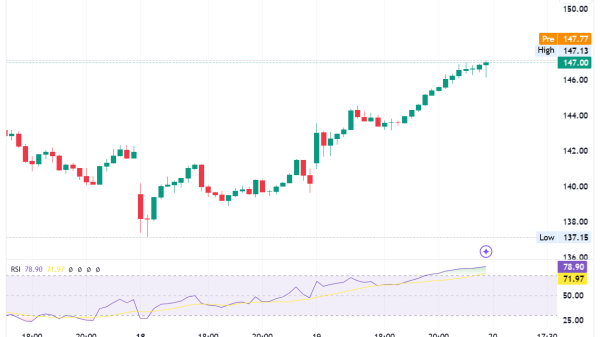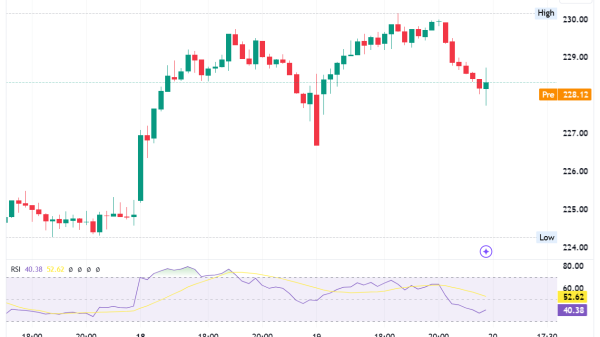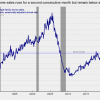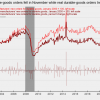Two U.S. officials confirmed to Fox News Thursday that a Russian ‘experimental intermediate-range ballistic missile’ (IRBM) launched at Ukraine was not hypersonic.
Russian President Vladimir Putin confirmed the attack Thursday evening in an address to the nation and said it was in direct response to the U.S. and the U.K. jointly approving Ukraine’s use of Western-supplied long-range missiles to target Russia.
Putin and U.S. sources have since confirmed the strike was not an intercontinental ballistic missile (ICBM), but the Kremlin chief also claimed the weapon used poses a significant challenge for Western nations.
Deputy Pentagon press secretary Sabrina Singh confirmed to reporters during a press briefing Thursday that Russia had launched an IRBM based on one of Russia’s ICBM models. She sometimes called the IRBM ‘experimental,’ explaining it was the first time the missile had been used on the battlefield.
‘This was a new type of lethal capability that was employed on the battlefield, so that’s certainly a concern to us,’ Singh said.
She also said the U.S. was notified briefly before the launch through nuclear or risk reduction channels.
Still, Singh told reporters the Department of Defense has not seen any adjustment in Russia’s nuclear posture, nor has the U.S. made any changes to its own.
Putin said, according to a translation, that the missile attacked targets at a speed of Mach 10.
‘That’s 2.5 miles per second,’ Putin said. ‘The world’s current air defense systems and the missile defense systems developed by the Americans in Europe do not intercept such missiles.’
Despite Putin’s claim, two U.S. defense officials told Fox News the missile was not hypersonic, which, according to NASA, is a speed greater than 3,000 mph and faster than Mach 5.
Singh told reporters the only escalation in the war between Russia and Ukraine is that the former invaded a sovereign border country and turned to North Korea to bring about 11,000 soldiers to fight against Ukraine.
Following President Biden’s position reversal this week to allow Ukraine to use U.S.-supplied long-range Army Tactical Missile Systems (ATACMS) against the Russian homeland, Kyiv immediately levied strikes against a military arsenal in the Russian region of Bryansk, more than 70 miles from Ukraine’s border.
While Ukrainian troops officially fired the sophisticated missiles, the weapons system still relies on U.S. satellites to hit its target, an issue Putin touched on in his unannounced speech Thursday.
‘We are testing the Oreshnik missile systems in combat conditions in response to NATO countries’ aggressive actions against Russia. We will decide on the further deployment of intermediate-range and shorter-range missiles depending on the actions of the U.S. and its satellites,’ he said.
Putin claimed Russia will alert Ukrainian citizens of an impending attack like the strike he carried out on Thursday, though it remains unclear if he issued a warning to the Ukrainians living in Dnipro.
The Kremlin chief said the ‘defense industry’ was targeted, though images released by the Ukrainian Ministry of Defense showed what appeared to be civilian infrastructure caught in the fray.
Fox News Digital’s Caitlin McFall contributed to this report.
























